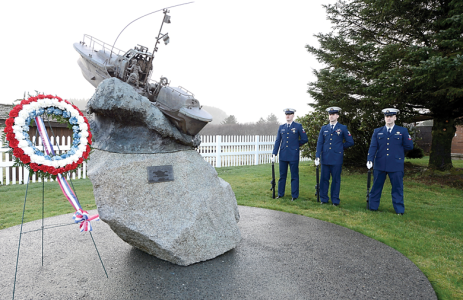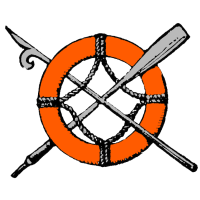Bryan Allen
Well-Known Member
Fishing boat accidents mixed in with the rest.... Biggest risk factor-- alcohol
2020 EXECUTIVE SUMMARY
In calendar year 2020, the Coast Guard counted 5,265 accidents that involved 767 deaths, 3,191 injuries and approximately $62.5 million dollars of damage to property as a result of recreational boating accidents.
There is evidence that boating activity rose significantly during the pandemic, from reports of increased boat sales, insurance policies taken out, insurance claims, and calls for towing assistance. The Coast Guard is analyzing variables associated with boating activity to normalize accident data.
Numerous states cited difficulties registering boats due to office closures during the pandemic. The Coast Guard did not perform any statistical adjustments to state figures. The fatality rate was 6.5 deaths per 100,000 registered recreational vessels. This rate represents a 25% increase from the 2019 fatality rate of 5.2 deaths per 100,000 registered recreational vessels.
Compared to 2019, the number of accidents increased 26.3%, the number of deaths increased 25.1%, and the number of injuries increased 24.7%.
Where cause of death was known, 75% of fatal boating accident victims drowned. Of those drowning victims with reported life jacket usage, 86% were not wearing a life jacket.
Where length was known, eight out of every ten boaters who drowned were using vessels less than 21 feet in length.
Alcohol use is the leading known contributing factor in fatal boating accidents; where the primary cause was known, it was listed as the leading factor in 18% of deaths.
Where instruction was known, 77% of deaths occurred on boats where the operator did not receive boating safety instruction. Only 12% percent of deaths occurred on vessels where the operator was known to have received a nationally-approved boating safety education certificate.
There were 247 accidents in which at least one person was struck by a propeller. Collectively, these accidents resulted in 39 deaths and 241 injuries.
Operator inattention, operator inexperience, improper lookout, excessive speed, and machinery failure rank as the top five primary contributing factors in accidents.
Where data was known, the most common vessel types involved in reported accidents were open motorboats (46%), personal watercraft (22%), and cabin motorboats (13%).
Where data was known, the vessel types with the highest percentage of deaths were open motorboats (50%), kayaks (15%), and pontoons (9%).
The 11,838,188 recreational vessels registered by the states in 2020 represent a 0.34% decrease from last year when 11,878,542 recreational vessels were registered. Recreational Boating Statistics 2020
2020 EXECUTIVE SUMMARY
In calendar year 2020, the Coast Guard counted 5,265 accidents that involved 767 deaths, 3,191 injuries and approximately $62.5 million dollars of damage to property as a result of recreational boating accidents.
There is evidence that boating activity rose significantly during the pandemic, from reports of increased boat sales, insurance policies taken out, insurance claims, and calls for towing assistance. The Coast Guard is analyzing variables associated with boating activity to normalize accident data.
Numerous states cited difficulties registering boats due to office closures during the pandemic. The Coast Guard did not perform any statistical adjustments to state figures. The fatality rate was 6.5 deaths per 100,000 registered recreational vessels. This rate represents a 25% increase from the 2019 fatality rate of 5.2 deaths per 100,000 registered recreational vessels.
Compared to 2019, the number of accidents increased 26.3%, the number of deaths increased 25.1%, and the number of injuries increased 24.7%.
Where cause of death was known, 75% of fatal boating accident victims drowned. Of those drowning victims with reported life jacket usage, 86% were not wearing a life jacket.
Where length was known, eight out of every ten boaters who drowned were using vessels less than 21 feet in length.
Alcohol use is the leading known contributing factor in fatal boating accidents; where the primary cause was known, it was listed as the leading factor in 18% of deaths.
Where instruction was known, 77% of deaths occurred on boats where the operator did not receive boating safety instruction. Only 12% percent of deaths occurred on vessels where the operator was known to have received a nationally-approved boating safety education certificate.
There were 247 accidents in which at least one person was struck by a propeller. Collectively, these accidents resulted in 39 deaths and 241 injuries.
Operator inattention, operator inexperience, improper lookout, excessive speed, and machinery failure rank as the top five primary contributing factors in accidents.
Where data was known, the most common vessel types involved in reported accidents were open motorboats (46%), personal watercraft (22%), and cabin motorboats (13%).
Where data was known, the vessel types with the highest percentage of deaths were open motorboats (50%), kayaks (15%), and pontoons (9%).
The 11,838,188 recreational vessels registered by the states in 2020 represent a 0.34% decrease from last year when 11,878,542 recreational vessels were registered. Recreational Boating Statistics 2020




